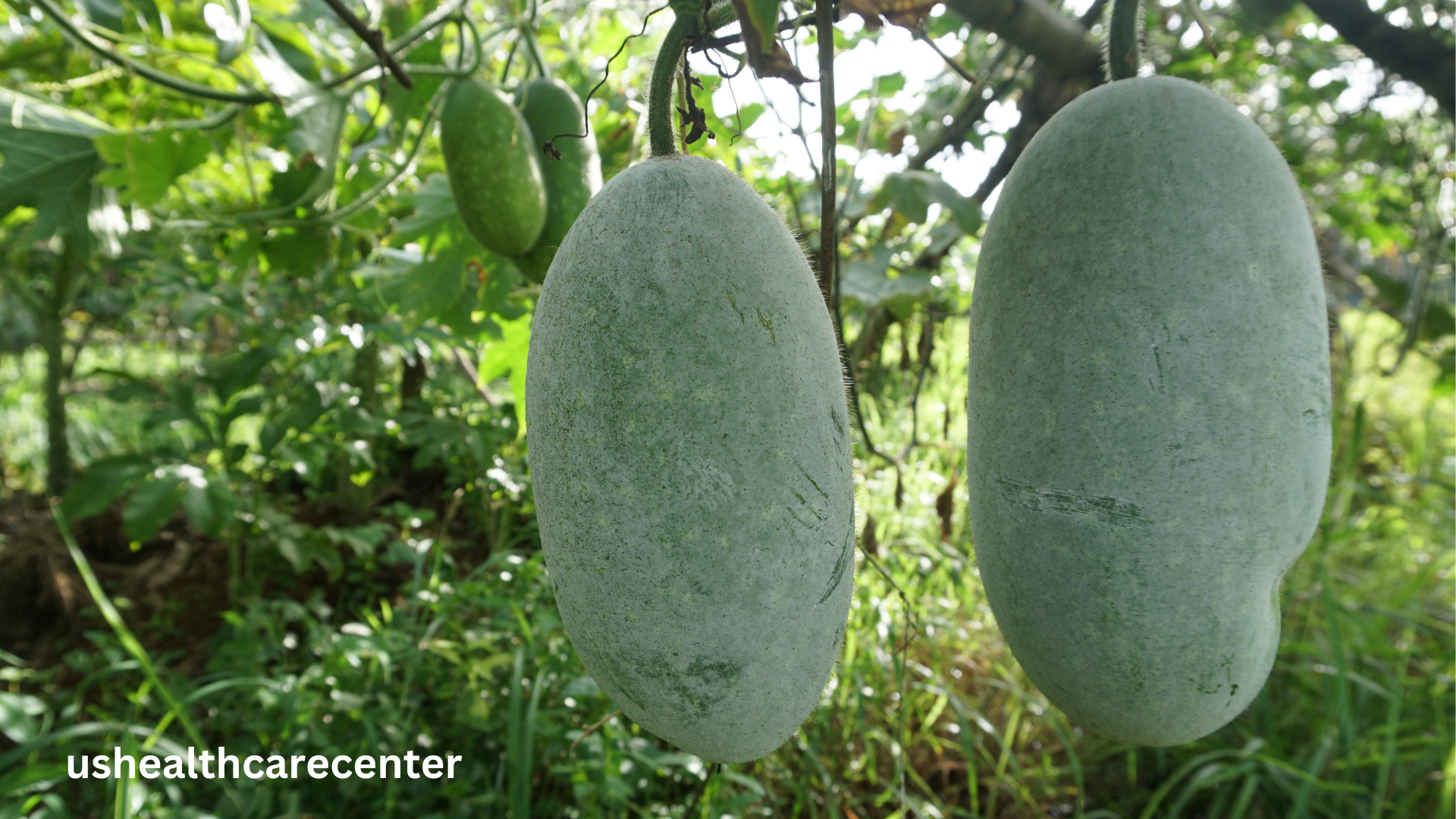The Refreshing Power of Mint (Pudhina): Benefits, Uses, and More
Mint or Pudhina, as it’s commonly known in India, is a powerhouse herb that’s been used for centuries in various cuisines, medicines and wellness routines. Known for its refreshing aroma and cooling properties, mint is not only a culinary delight but also a healing agent. Here, we’ll explore the many benefits of mint, how it can be used in daily life, and why you should include it in your diet.
I) A Nutritional Powerhouse
Mint is more than just a flavor enhancer; it’s packed with essential nutrients. Just a small amount of mint can provide:
- Vitamin A: Important for eye health and immunity.
- Iron: Helps in the formation of hemoglobin and supports oxygen transportation in the body.
- Antioxidants: Fight free radicals and reduce inflammation.
Adding mint to your dishes can boost your nutrient intake without adding many calories.
II) Health Benefits of Mint
a) Aids Digestion
Mint is well-known for its digestive benefits. Drinking mint tea or simply chewing on mint leaves can soothe an upset stomach, reduce bloating, and improve digestion. It relaxes the muscles in the digestive tract and promotes the flow of bile, helping the body break down food more efficiently.
b) Improves Respiratory Health
Mint contains menthol, which has decongestant properties that help clear nasal passages and relieve breathing difficulties. It’s particularly useful during colds and respiratory infections.
c) Fights Bad Breath
Chewing mint leaves or using mint-flavored products helps in combating bad breath. The antibacterial properties in mint kill the bacteria in the mouth that cause halitosis.
d) Reduces Stress
The soothing aroma of mint is known to reduce stress and mental fatigue. Mint essential oil is often used in aromatherapy to promote relaxation and improve mental clarity.
e) Anti-inflammatory Properties
The rosmarinic acid in mint can help reduce inflammation and treat conditions such as arthritis. Applying mint leaves directly to the skin may also soothe irritation and insect bites.
III) Uses of Mint in Everyday Life
Mint is versatile and can be used in various ways in both cooking and wellness routines. Here are some simple ideas to incorporate mint into your life:
- Mint Tea: A refreshing and digestive drink, perfect for after meals.
- Chutneys and Dips: Pudhina chutney is a staple in Indian households, offering a tangy and flavorful complement to dishes.
- Salads: Add fresh mint leaves to salads for a refreshing taste.
- Smoothies: Blend mint with fruits and vegetables for a healthy, cooling drink.
- Face Packs: Mint can also be used in skincare for its cooling and anti-inflammatory properties. A mint face pack can help reduce acne and give your skin a fresh glow.
IV) Growing Mint at Home
Mint is an easy herb to grow at home, making it a convenient and fresh addition to your kitchen. It grows best in moist, shaded areas and spreads quickly. So make sure to plant it in a pot or a contained garden space. Once established, it requires minimal maintenance and provides a steady supply of fresh leaves year-round.
Conclusion
Mint (Pudhina) is a highly beneficial herb that deserves a spot in your daily routine. Whether you’re looking for a flavorful addition to your dishes or a natural remedy for common ailments, mint is the perfect solution. It’s refreshing, nutritious and versatile making it a must-have in every kitchen and home garden.









